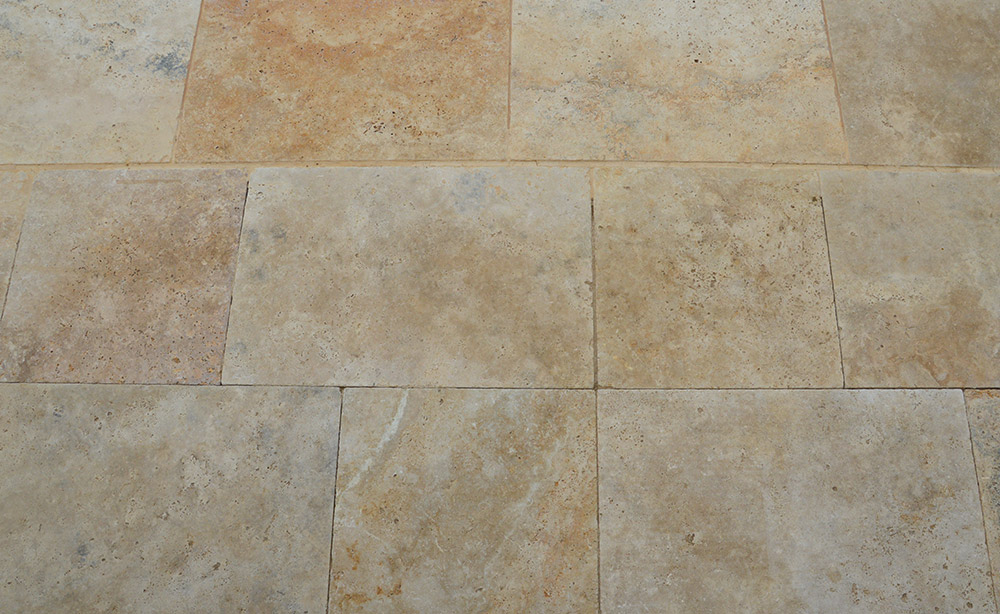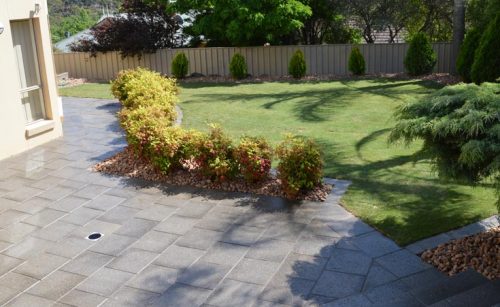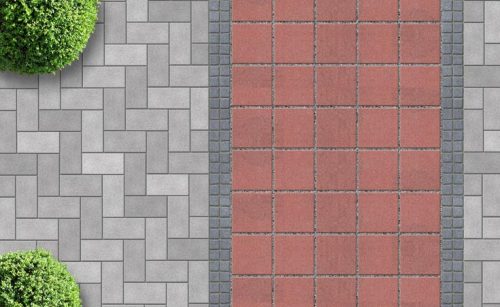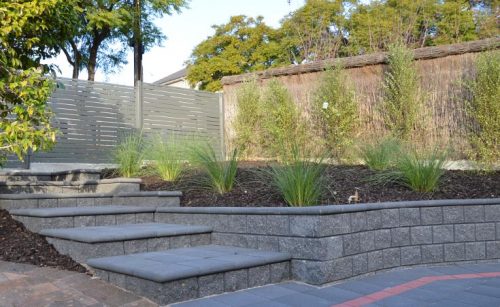How To Maintain Pavers – Guide To Sealing & Cleaning Pavers.
Paver maintenance does not have to be time consuming. Pavers are a practical low maintenance option for driveways, around pools, paths, under verandas and patio areas. However, because they’re often exposed to the elements, including rain and wind, blowing leaves, dust and dirt, or exposed to human factors like muddy boots, BBQ accidents and red wine, you should take steps to keep your pavers looking as good as when they were first laid.
There are 3 steps to paver maintenance, to keep your pavers looking their best.
Seal Pavers
Sealing pavers immediately after they have been laid is the first step to reduce the time you need to spend maintaining your pavers condition. There are a number of commercial grade sealers designed for concrete pavers, clay pavers and natural stone pavers. Paver sealers provide a barrier, reducing the risk of staining from dirt, algae, leaves and foods that fall onto your pavers by reducing absorption. One added benefit to sealing your pavers is it will bring out and deepen the colours in your pavers. Another benefit, especially around pools and wet areas, sealers can supply a better non-slip surface while protecting your pavers from the effects of chlorine or salt.
Sealers will wear over time, depending on the amount of wear, quality of sealer and quality of application, this could be a yearly process or every second year.
Maintain Pavers
To maintain pavers, regular maintenance will be worth the little time it takes to sweep leaves off with a stiff bristle broom, blow off dirt with a ‘blower vac’ or hose them down with water jets.
The longer leaves and other debris are left on your pavers, the greater chance of staining occurring. This is especially applicable to fatty foods and red wine.
Cleaning Pavers – Stain Removal
Accidents will happen and you might not always be able to regularly clean your pavers, so stains are likely. The following table sets out the common types of stains and the action that should be tried in each case to clean pavers first.
Cause of Stain What to Try Food grease, sauces, blood, red wine Use detergent and hot water. For stubborn stains apply undiluted household liquid detergent for 15 to 30 minutes, then scrub and wash with hot water. Red wine may need to be removed with a mild bleach solution, but test on an area first. Leaves, moss, mould Dry brushing with a stiff bristle broom. High pressure water jetting with liquid detergent for stubborn stains, or finally apply fungicides, testing on an area first. Oil or vehicle grease Apply dry absorbent materials such as talcum powder or kitty litter for 24 hours to remove excess oil, then sweep up. Tyre marks Scrub using stiff bristle broom with water and liquid detergent. Dry paint Scrape off excess paint, apply paint remover for 20-30 minutes, loosen with butter knife and absorb loosened material with paper towel or cloth. Do not rub. Repeat as necessary.
Paver Maintenance Tips:
Many sealers applied to pavers, especially bought from hardware shops, say they are DIY friendly. This can be true in some cases, but the better quality sealers are not available to the general public, their application does require experience to get the best result, and can be hazardous if not used correctly.
One of the largest paving companies in Adelaide, Visual Landscape Gardening’s paving contractors have the experience to know what sealer is best suited to the type of pavers being laid, and can easily finish the job off by sealing pavers after laying them.
If you’re having trouble removing a stubborn stain from your pavers, feel free to call us. Using a commercial grade chlorinated cleaner with emulsifying agents in it is ideal for cleaning concrete and clay pavers, slate, granite, limestone and sandstone pavers, we can remove just about any stain.



 Garden Landscaping Golden Grove
Garden Landscaping Golden Grove Complete Guide To Choosing Pavers For Your Garden
Complete Guide To Choosing Pavers For Your Garden Driveway Pavers Adelaide
Driveway Pavers Adelaide

